
Q’eswachaka: The Last Inca bridge.
Table Of Content
Q’eswachaka, the Inca rope bridge that still connects communities, reflects the living heritage of Andean history.
During the time of the Incas, they built a great road system called the Qhapaq Ñan that connected the vast territory of Tahuantinsuyo, which covered more than 30,000 km² and included parts of present-day Peru, Ecuador, Bolivia, Colombia, Chile, and Argentina. To navigate the rugged geography, they constructed hanging bridges made of plant fibers. The Incas were great engineers, and the Q’eswachaka is a testament to their skill that has endured over the centuries. Located in the region of Cusco, in the province of Canas, it is one of the few bridges with this infrastructure that has survived and is still in use.
Q’eswachaka, a magnificent rope bridge that majestically spans the Apurimac River, is much more than a simple structure. The greatness of the Incas lives on through a deep-rooted tradition that people have kept alive for more than 600 years.
Every year, with unwavering commitment, members of the local communities gather to rebuild this bridge using the same method as in ancient times. Imagine the collective effort of some 800 people, united by a commitment to preserve their cultural heritage. The result is an engineering marvel, 28 meters long and 1.2 meters wide, that stands as a living testimony to the skill and wisdom of their ancestors.
For the people of the region, the Qeswachaka Bridge is more than a simple means of crossing the river. It is a tangible symbol of their ancestral traditions, a link to the glorious past of the Incas, and a source of pride for the community. In fact, local communities and visitors alike recognize it as the last standing Inca bridge, making it a priceless treasure.
The builders constructed the Q’eswachaka Bridge
Day 1: The first day begins with a celebration in honor of Apu Quinsallallawi, as their ancestors did. At dawn, the women of the community weave the ichu material.
Day 2, workers dismantle the old bridge and install the four main ropes for the new bridge. These ropes will serve as the main support for the structure. Participants carefully remove the ropes and pieces of wood that make up the structure of the old bridge.
Day 3: is the most intense stage of the restoration. On this day they lay and braid the bridge floor and side railings. Artisans and community members collaborate to braid the new ropes for construction. They carefully braid and intertwine the ropes using traditional techniques passed down through generations, forming a solid and sturdy base.
Day 4, the team makes the finishing touches and carries out extensive testing to ensure the bridge is ready and safe for use. Once completed, they celebrate the completion of the project with a hearty meal and regional dances.
How to get to the Q’eswachaka Bridge?
On your own: This option is a bit more difficult, but some people like it. You will need to find a taxi driver who knows the route. As not many know the exact route, it might be a good idea to ask at your hotel or hostel.
They will take you to the town where the bridge is located in about three hours from Cusco. Afterwards you can take as much time as you want to admire the bridge and take pictures.
We recommend that you bring enough food to last you the whole day, in case you don’t find what you want. It is a long trip and the food in the town can be very basic. This is especially important if you have any allergies or dietary requirements.
If you prefer an adventure, you will have to travel from Cusco to Combapata, then to Yanaoca and finally take a private transport that will leave you in Q’eswachaka in an hour and a half.
Using an agency usually costs less and guarantees your safe arrival. These tours also include meals, so you only need to bring snacks. You will also be able to stop at different places to see more along the way.
What can you see around the Q’eswachaka Bridge?
On the way from Cusco to the Qeswachaka bridge there are four beautiful lakes: Pomacanchi, Acopia, Asnaqocha and Pampamarca. The landscape that surrounds them and the fish that can be seen in them are another wonder of Cusco’s nature. The legacy that the Incas left in Peru is totally exciting. From archaeological complexes with fascinating architecture to Inca bridges like Q’eswachaka that are still preserved today.
Adventure and tourism in Q’eswachaka
Traveling to the Q’eswachaka Inca Bridge is not only an encounter with history, but also with Cusco’s nature. The landscapes surrounding the area are breathtaking and the journey itself offers a unique experience for adventurers looking to get away from the most crowded tourist routes, such as those of Machu Picchu or the Seven Colors Mountain.
Along the way, you can enjoy spectacular views of mountains, rivers and lagoons that make the route an enriching experience.
If you decide to travel on your own, it is advisable to plan ahead and consider hiring a local guide to provide you with additional information about the cultural importance of the place.
POMACANCHI LAGOON
Pomacanchi Lagoon, located in the heart of the Andes, is a natural mirror that reflects the majesty of the sky and the mountains of Acomayo. This aquatic sanctuary, guarded by reeds and overflown by birds, has been a sacred place since ancient times and continues to captivate travelers with its timeless beauty. In its crystalline waters, life manifests itself in a dance of colors and shapes, creating a vibrant and diverse ecosystem. Pomacanchi Lagoon is an oasis of serenity that reminds us of natural harmony and offers visitors a space for reflection and connection with nature. This place is not only a tourist destination, but a living temple where the spirit is renewed and the heart finds solace in the grandeur of the Andean landscape. The first lagoon, the largest of all, is called Pomacanchi because of its proximity to the town of the same name. Its blue waters are home to trout, silversides, carachis and other species. The deepest point of the lagoon reaches 140 meters. On the shores of the place there are campsites with food stalls, viewpoints and pedal boats. It is allowed to walk around the lagoon and to fish.
ACOPIA LAGOON
The second lagoon is called Acopia, like the name of the town located on its shores. Ducks and pelicans live in its blue waters. It is located at 3707 meters above sea level. The town of Acopia is famous for being the home of Valeriana Huillca Condori, better known as Valicha, source of inspiration for the composer Miguel Angel Hurtado to create the Cusquenian huayno “Valicha”, recognized and sung throughout Peru.
ASNACOCHA LAGOON
The third lagoon is Asnacocha. Its name, translated from Quechua, means “stinking lagoon”. What is the reason for this name? Algae grow in its waters, giving off a peculiar smell. When heated by the sun, these algae emit a peculiar odor that permeates the atmosphere. The town of Mosoqllacta, which is located at the foot of the lagoon and reaches an altitude of 3800 meters above sea level, is located in this environment. Some visitors who arrive there on their own choose to camp on the banks of the Asnacocha.
PAMPAMARCA LAGOON
The fourth lagoon in the circuit is called Pampamarca because of its proximity to the Andean city of the same name. Other locals know it as Tungasuca, due to its proximity to another Andean city. The lagoon is home to wildlife such as Parihuanas (famous for their red and white plumage), ducks and fish. Due to the abundance of cattails, it is common to see boats made of this material plying the waters of the Pampamarca.



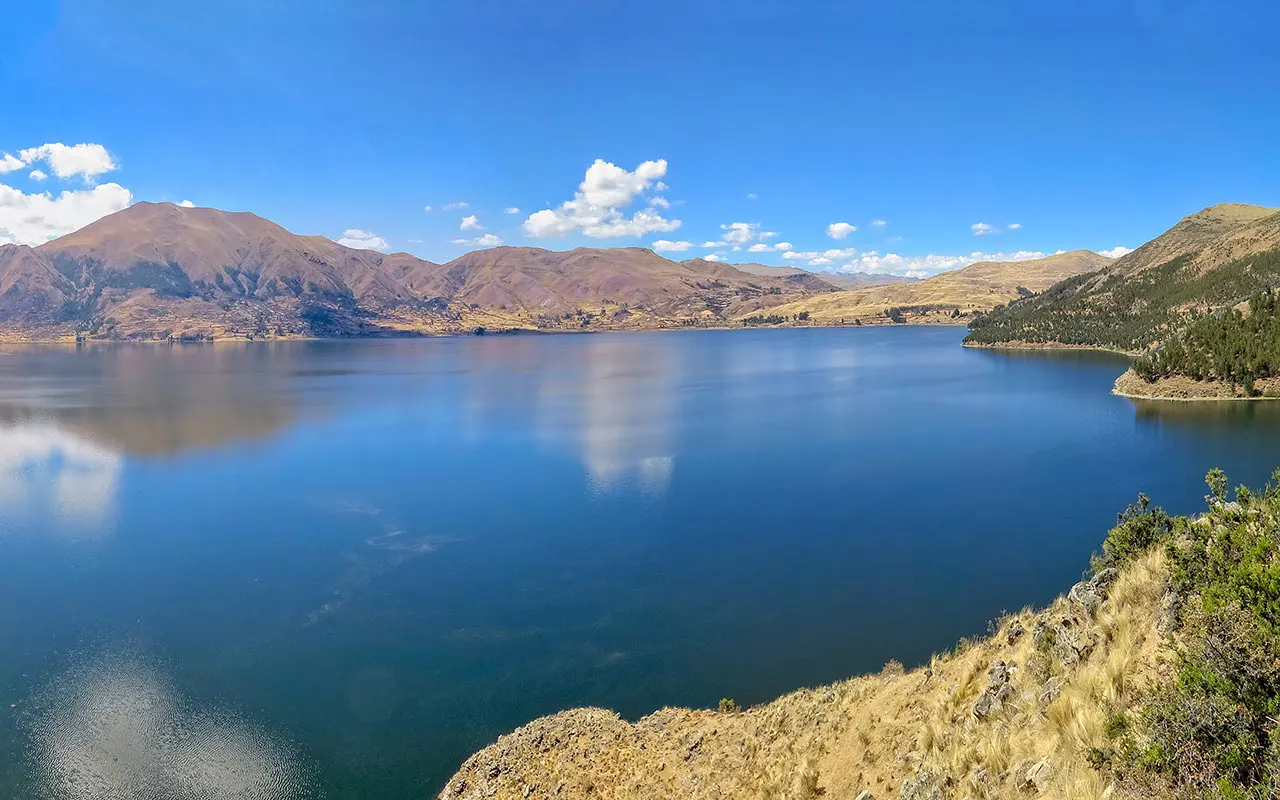
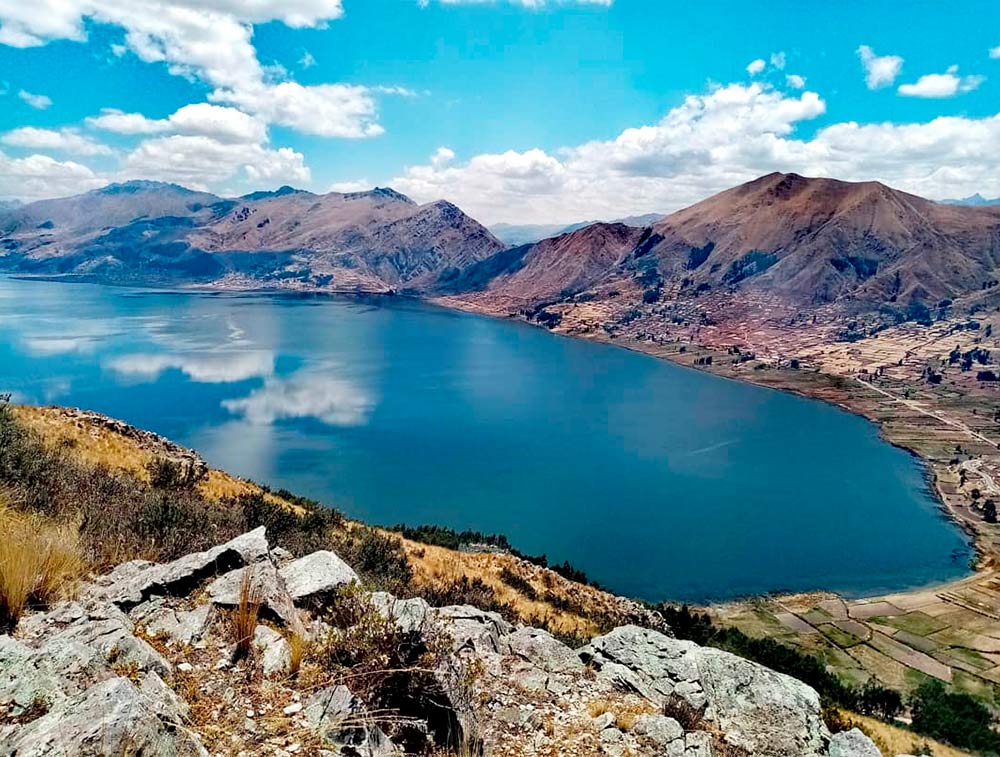
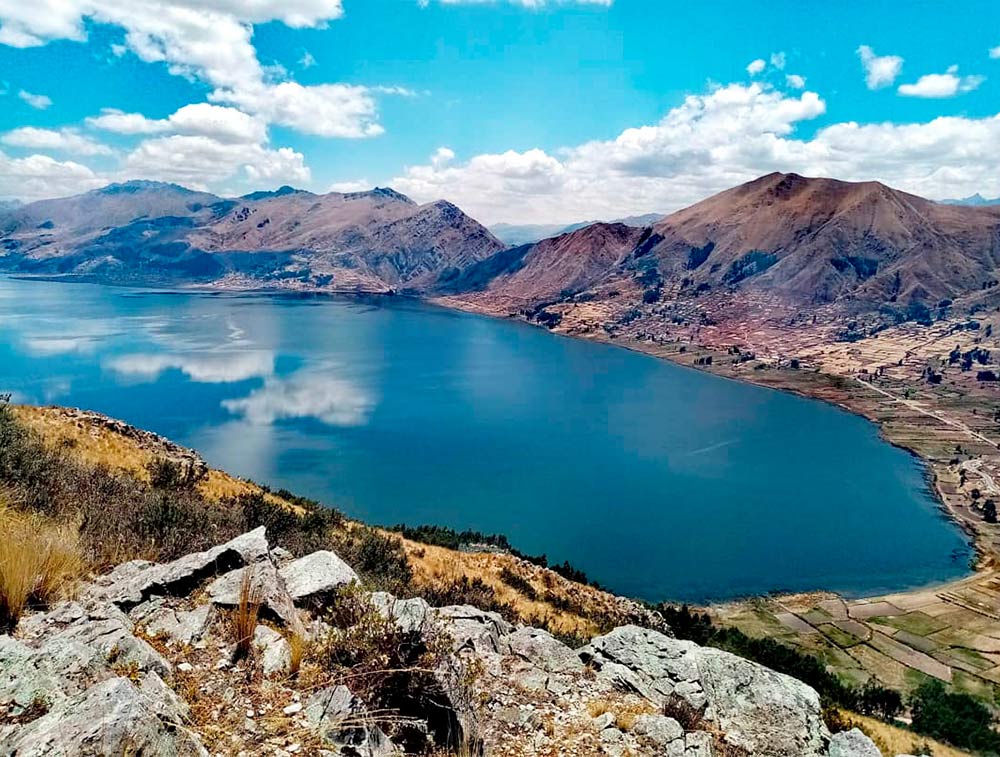
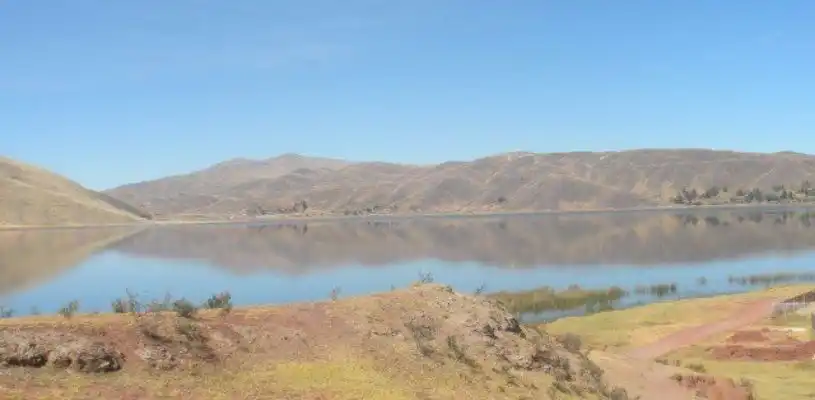
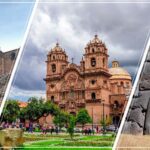


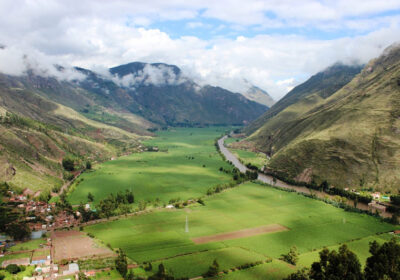

No Comment! Be the first one.